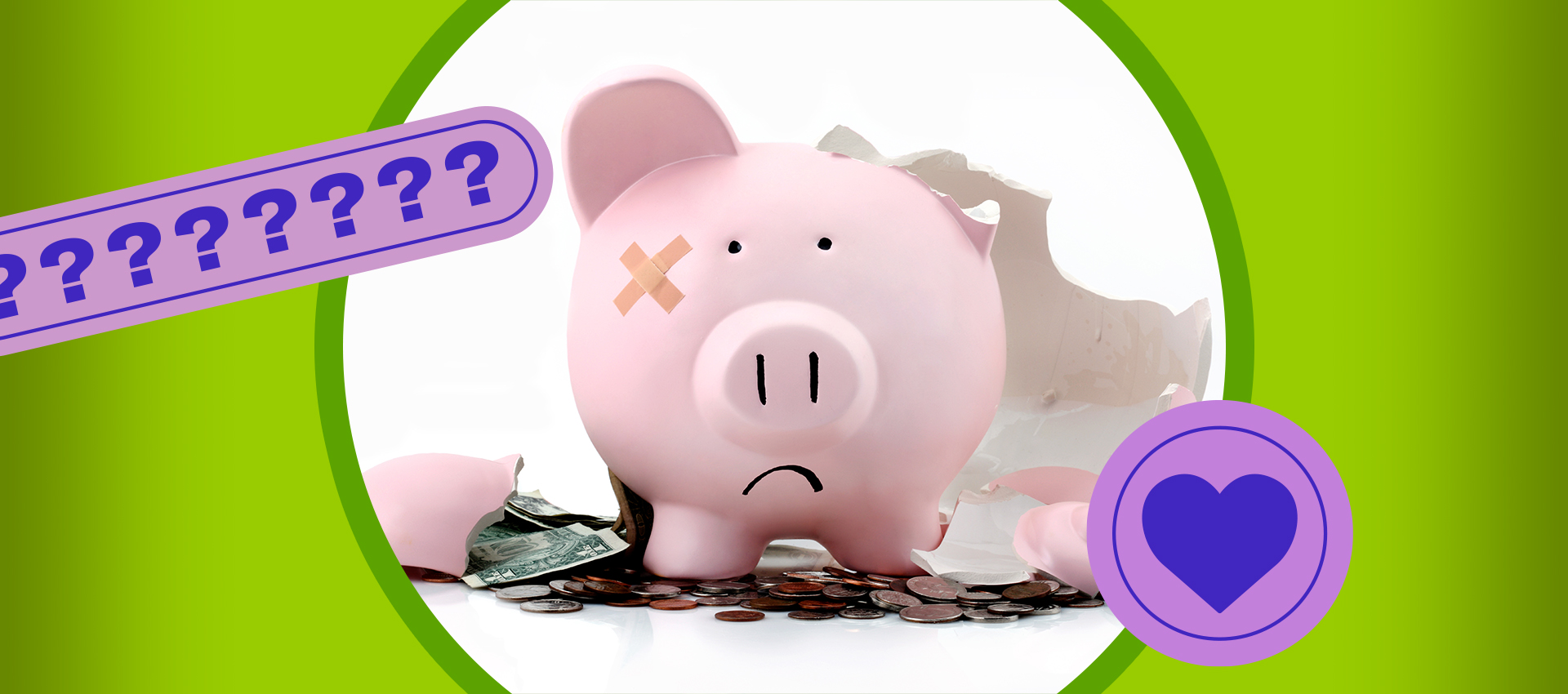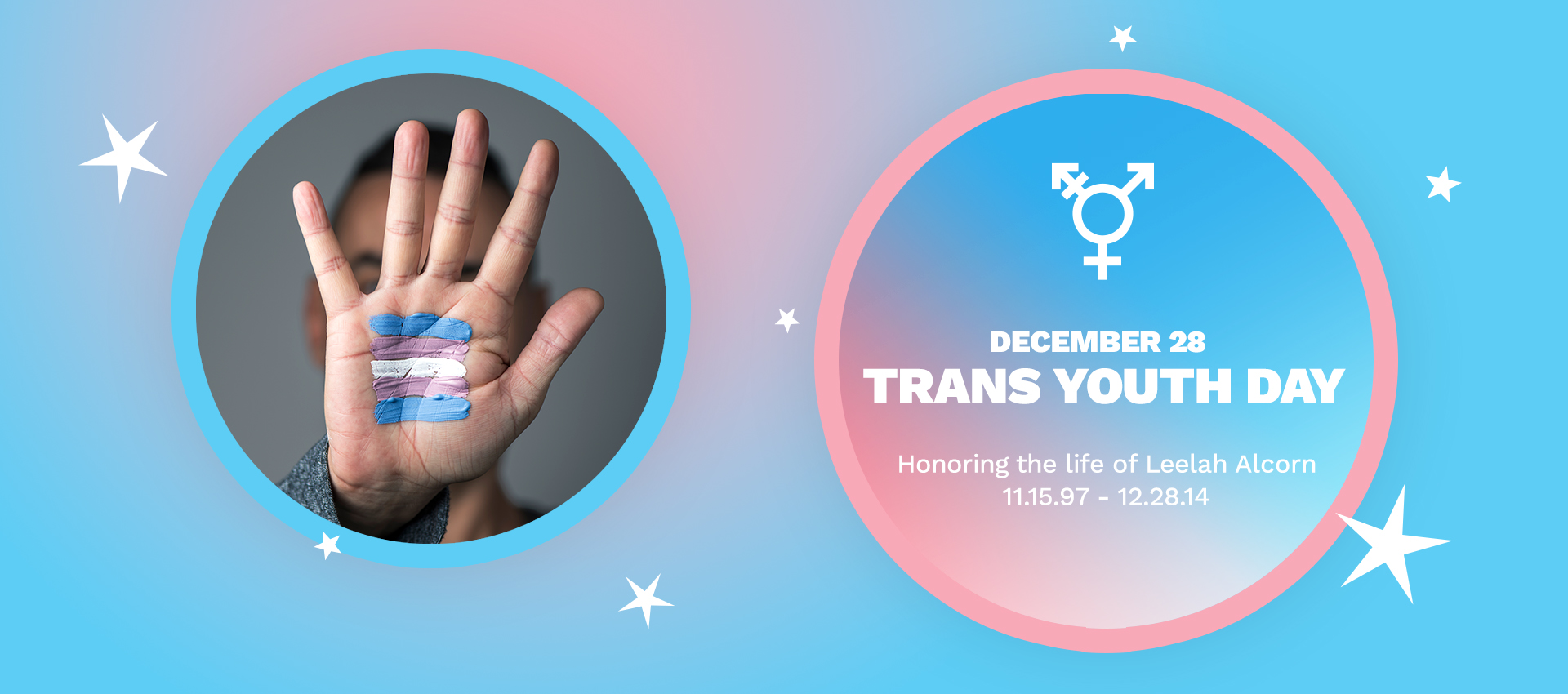Learn how the reproductive justice framework is structured and how it applies to you.
Often, reproductive justice is thought of as being the same thing as reproductive rights. While there are many similarities between the two terms, the reproductive justice framework takes reproductive rights to the next level.
Reproductive rights focus more on achieving reproductive freedom through the legal system, including pro-choice legal advocacy. Achieving reproductive freedom through the legal system is essential, but focusing on just the legal system overlooks the barriers and injustices that may prevent reproductive freedom.
The reproductive justice framework broadens this focus by acknowledging the ways barriers and injustices impact policies, access to services and experiences – particularly for women of color and other marginalized individuals.
How do you define reproductive justice?
“… the human right to maintain personal bodily autonomy, have children, not have children and parent the children we have in safe and sustainable communities.”
By definition, reproductive justice is a human right. This right is based on the United Nations’ Universal Declaration of Human Rights, which is an internationally accepted body of law that details individuals’ rights and responsibilities in which governing systems have to uphold and protect.
Reproductive justice was founded in 1994 by a group of Black women who recognized the women’s rights movement was not properly defending the needs of women of color, other marginalized women and transgender individuals.
To create a national, multi-ethnic movement, SisterSong was formed. SisterSong defines reproductive justice as “… the human right to maintain personal bodily autonomy, have children, not have children and parent the children we have in safe and sustainable communities.”
Reproductive justice stands for much more than just choice – it advocates for access. Often, women of color, other marginalized individuals and transgender individuals have difficulties accessing:
- Birth control methods
- Inclusive sex education
- STI prevention and care
- Alternative birth options
- Adequate family planning, prenatal and pregnancy care
- Domestic violence assistance
- Adequate wages to support families, provide safe homes and much more
The lack of access to these essential services hinders the ability of these individuals to make informed choices for their bodies and reproductive health. Without access, there is no choice.
What are reproductive injustices?
Reproductive injustices occur when an individual faces inaccessibility to birth control or other reproductive services due to poverty or housing insecurity. Childbirth that results in death and inaccessibility to essential cancer screenings are also reproductive injustices.
Women of color and other marginalized individuals are less likely than white women to have access to the right tools to achieve reproductive justice for themselves. This is due to economic, awareness, geographic, transportation, cultural and language barriers.
Additionally, women of color live in poverty at much higher rates. This can impact access to contraceptive services for pregnancy prevention and housing as well as other essential services needed to raise children in safe communities.
In fact, women of color – particularly Black women in the United States – are four times more likely to die during pregnancy and childbirth. Research also suggests that women of color are less likely to receive proper prenatal care.
Due to inequitable access to reproductive healthcare services, women of color are less likely to receive essential cancer screenings, such as breast and cervical cancer screening to prevent reproductive cancers.
How can reproductive justice be achieved?
- Analyzing power systems that are based on gendered, sexualized and racialized acts that oppress marginalized and vulnerable populations on a daily basis. Reproductive justice works to stop these systems.
- Addressing intersecting oppression that marginalized individuals face. In order to achieve reproductive justice for all, we must learn how these oppressions impact one another.
- Centering the most marginalized by providing access to resources and human rights to the most vulnerable populations to live full, self-determined lives without fear, discrimination or retaliation.
- Joining together across issues and identities to come together as one movement to win freedom for all oppressed individuals. Oppressions impact all of our reproductive lives and our ability to make choices for our bodies.
To learn more about reproductive justice and the work that is being done, check out the SisterSong website and visit KeepRelationshipsReal.com.



